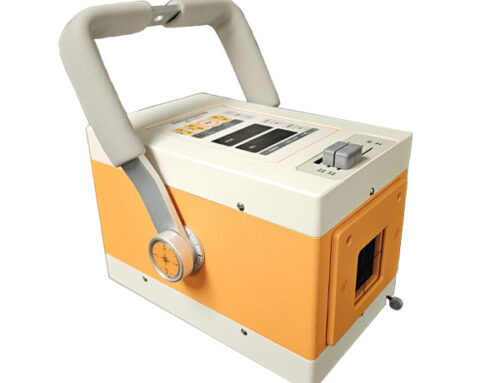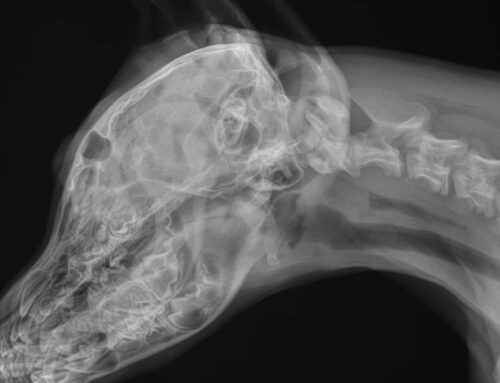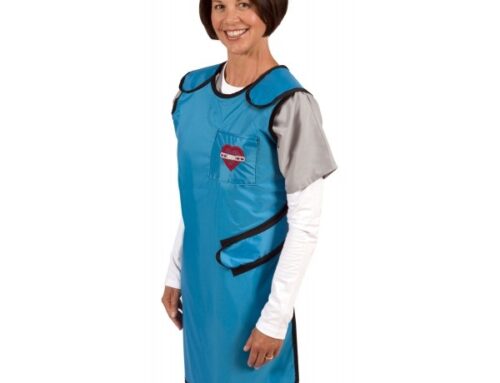Equine Cushing’s or PPID (Pituitary Pars Intermedia Dysfunction) is a hormonal illness that affects horses and ponies and also other species such as dogs. PPID is caused by a progressive nerve degeneration in part of the brain called the hypothalamus; resulting in a decrease in the secretion of a substance called dopamine. Dopamine is important in the control of the pituitary gland, specifically the part called the pars intermedia. The pars intermedia control the production of two hormones called ACTH and cortisol.
Cushing’s disease results in a weakened immune system making horses more prone to infections and wounds and longer healing time. It is most common in older horses (18 – 23 years). According to Kentucky Equine Research, all horses are at risk for PPID. Current estimates suggest that between 20 and 33% of all horses develop PPID by the age of 20. This makes PPID the most common endocrine condition of horses. Common symptoms may include:
- Increased thirst and urination
- Abnormal coat changes that include growth at odd times of year and/or long or curly coat. These signs tend to be associated with horses who have had the disease for some time
- Recurrent infections, particularly in the hoof and the skin
- Lethargy and depression
- Muscle wastage, typically a pot bellied appearance and lack of top line
- Laminitis
- Excessive or patchy sweating
Diagnosing Equine Cushing’s
A simple blood test sent to the lab. The lab has a reading or level, a different one for every day each month and the results will be presented as a numeric level as against the lab level. A positive result is based on the horse’s level being higher than the lab level.
The lab levels vary from day to day and month to month. The most sensitive time to test the horse is in September and October when the reducing daylight hours begin to affect the pituitary gland. So throughout the course of a year, your horse will have different readings and they will fluctuate, the key thing is comparing them to the lab level in place at that point in time.
Some horses clearly exhibit symptoms of Cushing’s disease; some don’t. Some horses show classic signs of the illness but test negative; Equine Cushing’s is not an inevitability of old age. The main thing is you can’t always tell by looking, so a blood test will confirm the position.
Cushing’s treatment
According to the American Association of Equine Practitioners, Pergolide is the drug of choice for treatment of PPID. Ongoing blood tests are required to monitor the levels and the dosage of Pergolide may need to be increased in line with this.
Because of the increased risk of laminitis (inflammation of sensitive layers of tissue inside the hoof) associated with Cushing’s disease, it is recommended that affected horses are fed as a potential laminitic risk, so a diet with a naturally occurring sugar level of no more than ten percent
Research into Equine Cushing’s disease
As more horses and ponies are tested, large quantities of data are becoming available to scientists about this illness. Every time a vet sends in a blood sample to test for Cushing’s disease, they have to give the horse’s age, height and breed–it is hoped that all this data will eventually be able to produce useful conclusions going forward for horse owners. Increased awareness of the disease and the use of Pergolide combined with non steroidal anti-inflammatory drugs, means that many horses are living to much greater ages with excellent quality of life.





